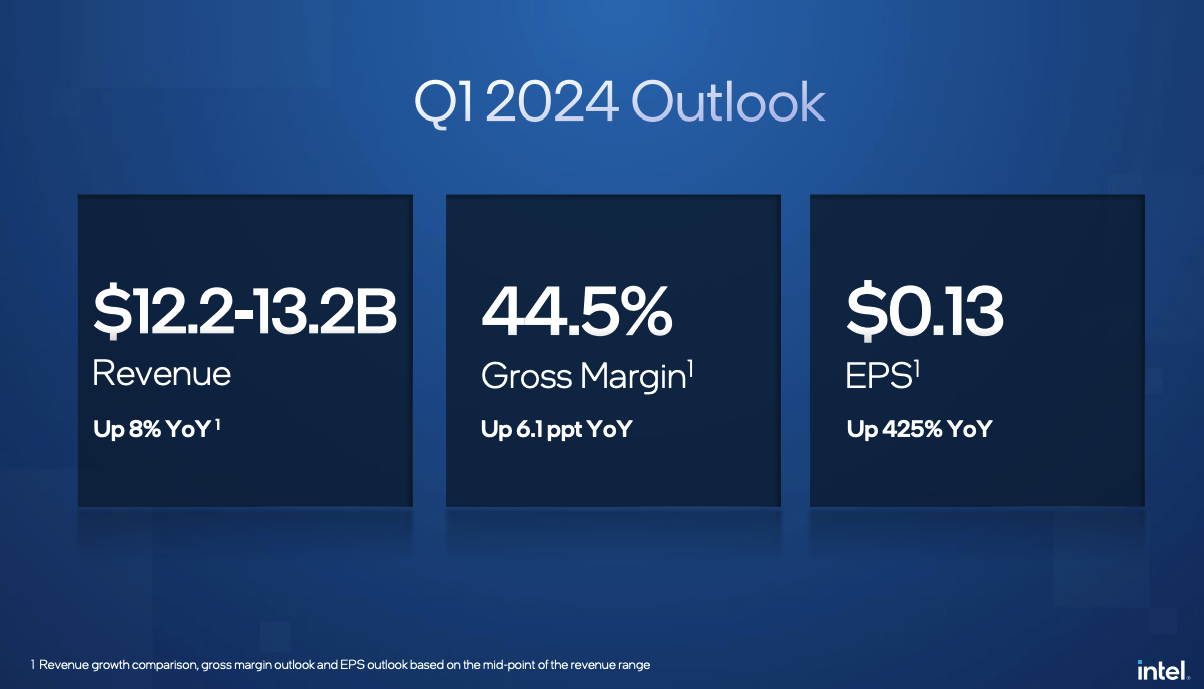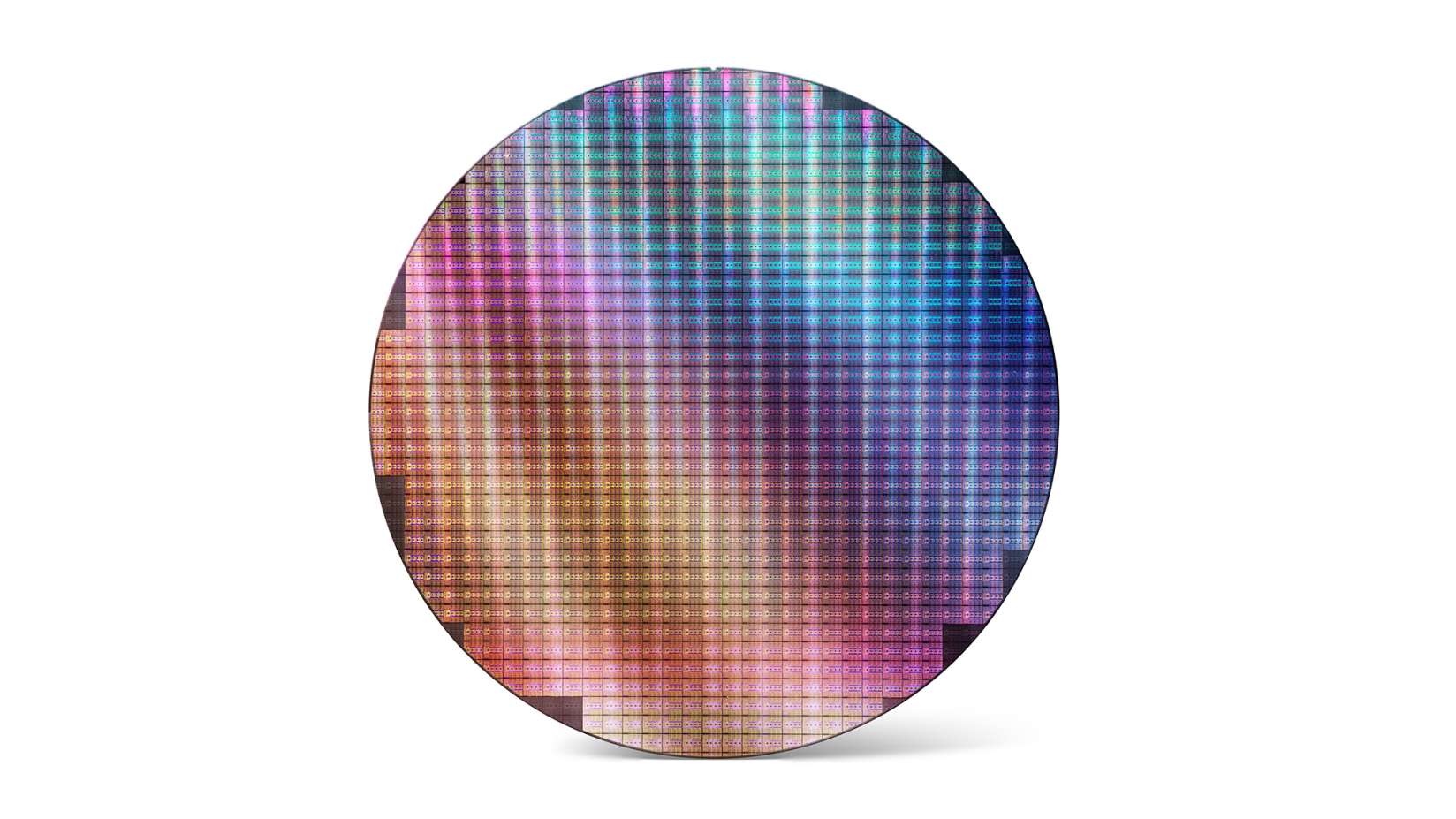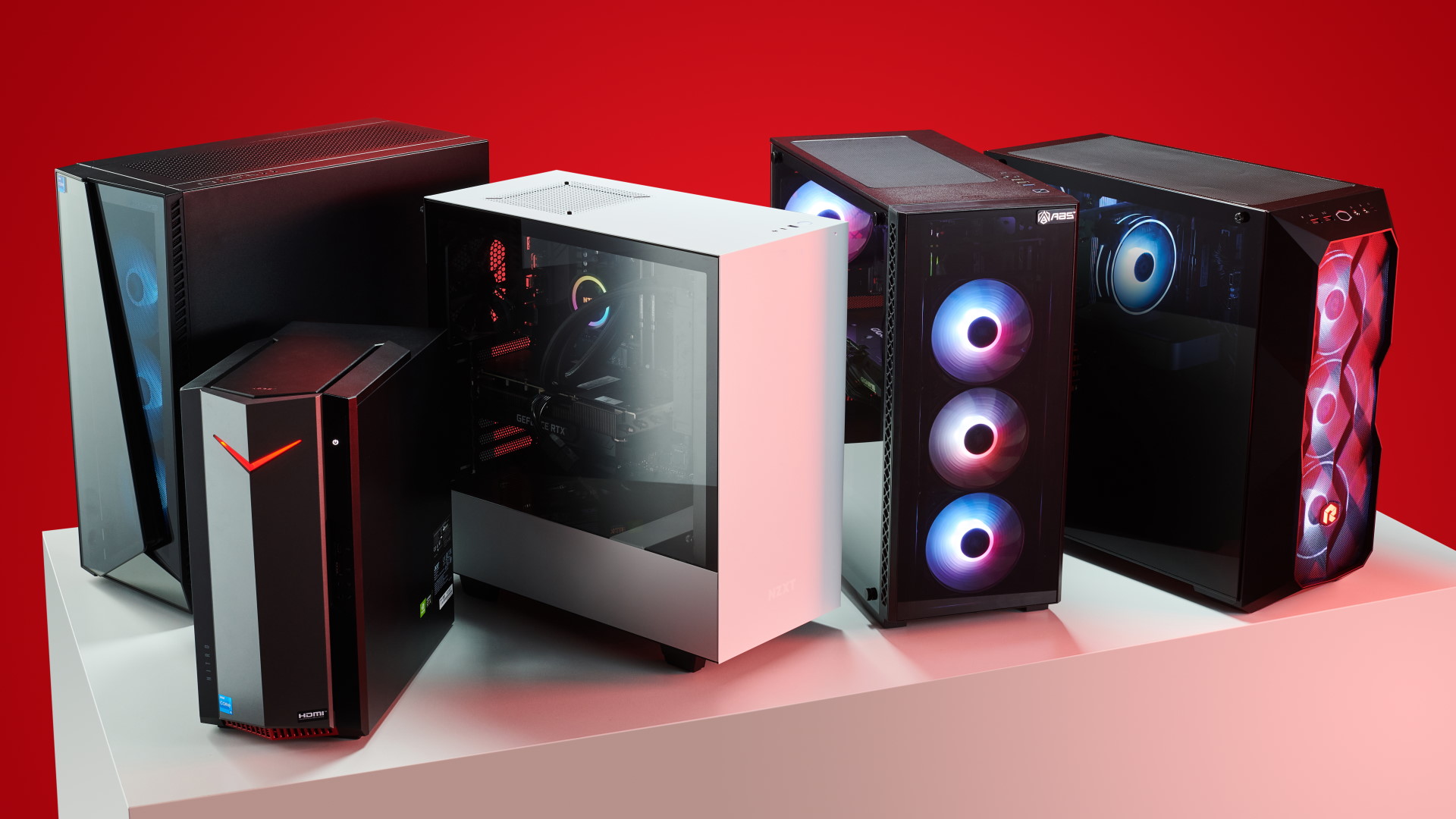Intel CEO bullish about chip roadmap and confirms Arrow Lake CPUs for this year as share price plummets 12%
18A Panther Lake chips also heading for Intel's fabs…

As we write these words, Intel's share price has dipped by over 12% today following the company's latest financial results. However, Intel CEO Pat Gelsinger is conspicuously bullish about the company's products and roadmaps, doubling down on a range of promises and confirming that we'll see Arrow Lake CPUs later this year.
Intel's results for the final quarter of last year, with revenues up by about 10% over the same quarter in 2022, actually exceeded expectations. But it was the company's unexpectedly pessimistic published outlook for the first quarter of 2024 that had investors running for the hills.
Arguably both more interesting and more relevant to pricing Intel's shares accurately were the things Gelsinger said about Intel's product road map.
First, he confirmed that Intel's new server chips being produced on its latest Intel 3 node are "on track". He also stuck to the promises Intel has already made regarding future CPU products and production nodes.
"We are even more excited about breaking into the Angstrom era with Intel 20A and Intel 18A. We are first in the industry to have incorporated both gate-all-around and backside power delivery in a single process node, the latter and expected two years ahead of our competition.
Arrow Lake, our lead Intel 20A vehicle, will launch this year. Intel 18A is expected to achieve manufacturing readiness in second half '24, completing our five nodes and four-year journey and bringing us back to process leadership," Gelsinger said.

So, that's Arrow Lake, Intel's next major desktop CPU architecture, out later this year on the 20A node. We'll be impressed if that happens given that Intel has barely managed to ship a few laptop Meteor Lake CPUs using its new Intel 4 node thus far–and those Meteor Lake chips barely use any Intel 4 silicon, most of the chiplets inside the package are made by TSMC.
Keep up to date with the most important stories and the best deals, as picked by the PC Gamer team.
Looking even further out, Gelsinger had more details. "I am pleased to say that Clearwater Forest, our first Intel 18A part for servers has already gone into fab and Panther Lake for clients will be heading into fab shortly.
"We have begun installation of the industry's first high-NA EUV tool in our most advanced technology development site in Oregon, aimed at addressing challenges beyond 18A. We remain focused on being good stewards of Moore's Law and ensuring a continuous node migration path over the next decade and beyond," Gelsinger explained.
For the record, Panther Lake is the next Intel desktop CPU architecture after Arrow Lake. Gelsinger also made positive noises about Intel's plans to become a customer chip fab to compete with TSMC but was only able to cite one new fully signed up customer, namely Valens Semiconductor.

Gelsinger hinted at a further new "high-performance computing customer" for Intel's fab business, but was unwilling or unable to name names, for now.
Following Gelisnger's presentation, he was asked some pretty pointed questions. For instance, if Intel thinks its upcoming 18A process node will be the world's best, why does the company still plan to farm out much of its own chip production for products using 18A to a third party fab, TSMC.
In other words, why will Intel's 18A chiplet CPUs still be mostly made by a third party with only a little 18A Intel silicon inside?
Gelsigner didn't really answer the question, essentially saying that its backside power or PowerVia technology gave it a storing advantage over the competition but that nevertheless planned to continue using external foundries.

Best gaming PC: The top pre-built machines.
Best gaming laptop: Great devices for mobile gaming.
More broadly, Intel still has a lot to prove. It just barely managed to deliver on its target of getting the first CPUs made on the Intel 4 process out the door in 2023. It bears remembering that the vast, vast majority of Intel's products are still being made on, at best, a process node derived from its 10nm technology, a node that was originally supposed to come online in 2015.
Again, it's just one chiplet within a package of five chiplets in Meteor Lake laptop CPUs that's made on the new Intel 4 node. In short, Intel still has an awful lot to prove.
Really the only unambiguously good news here is that we won't have long to wait before it can be conclusively shown whether Intel has delivered on its roadmap. Either we will be able to buy Arrow Lake 20A CPUs this year, or we won't. Place your bets in the comments below.

Jeremy has been writing about technology and PCs since the 90nm Netburst era (Google it!) and enjoys nothing more than a serious dissertation on the finer points of monitor input lag and overshoot followed by a forensic examination of advanced lithography. Or maybe he just likes machines that go “ping!” He also has a thing for tennis and cars.

